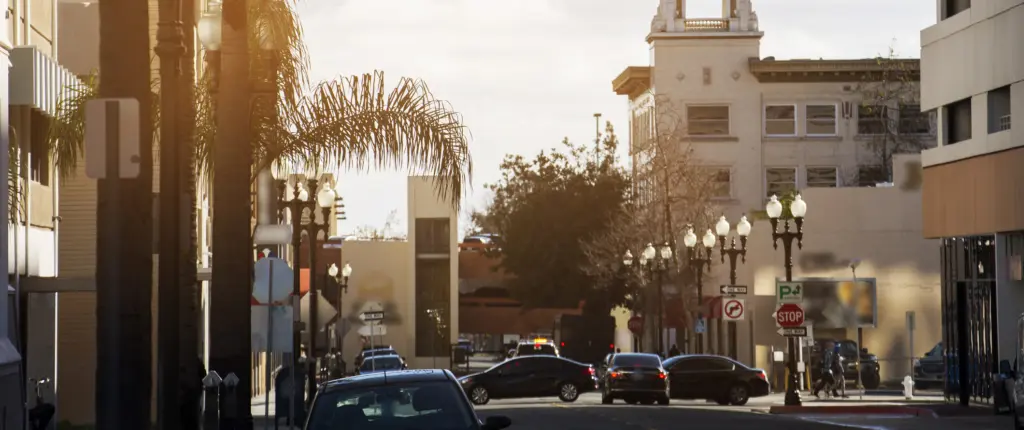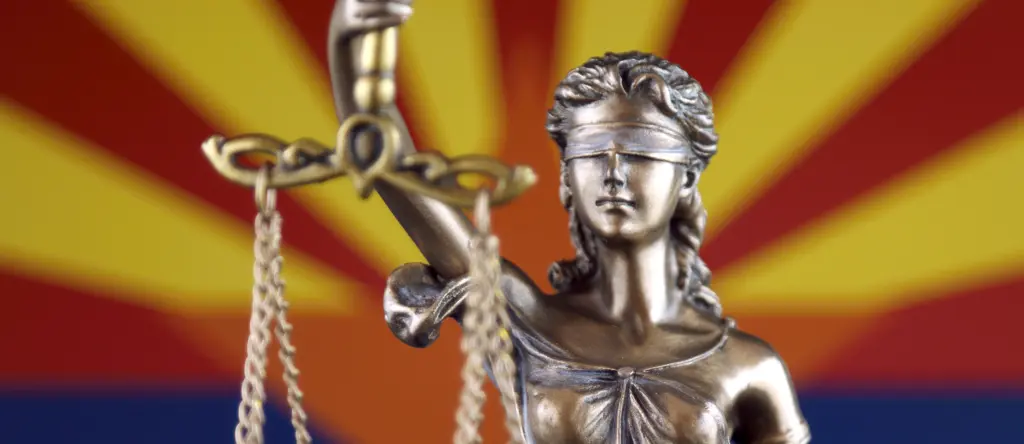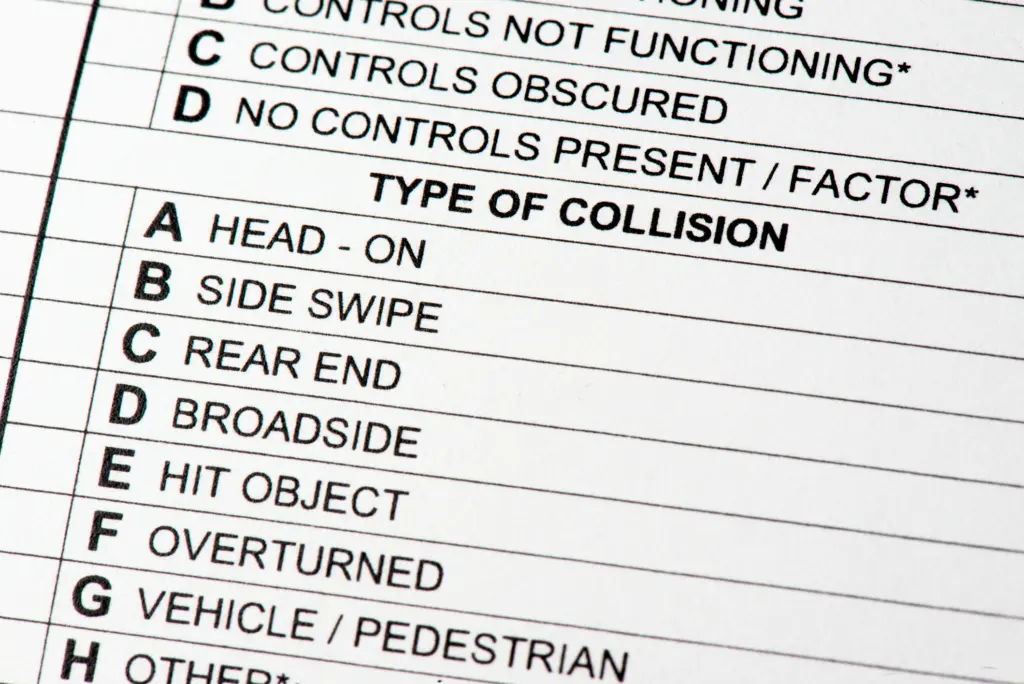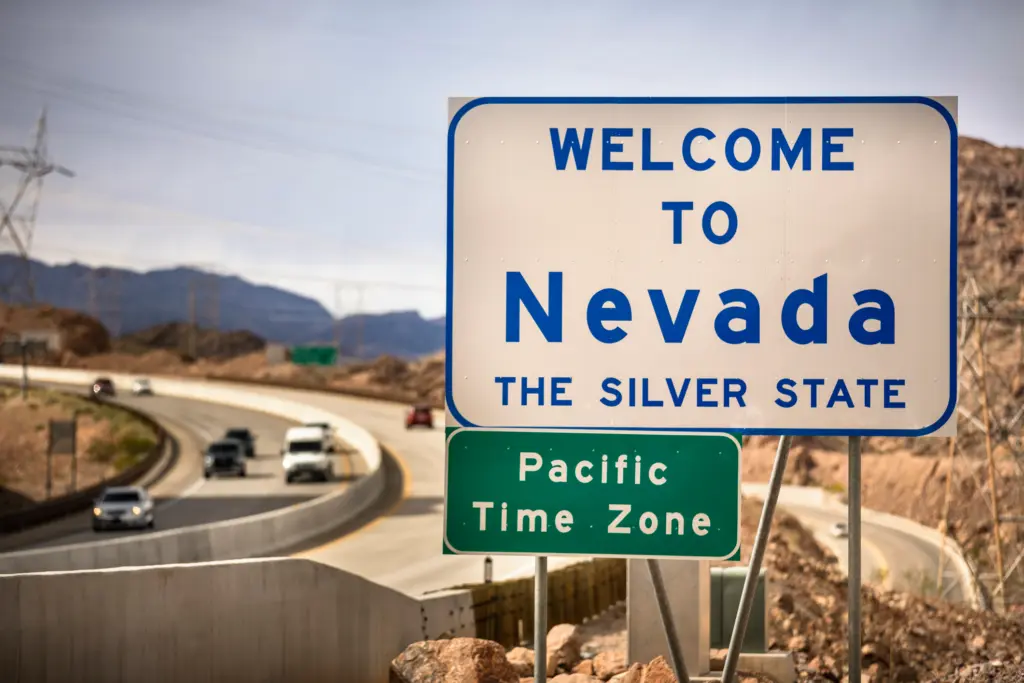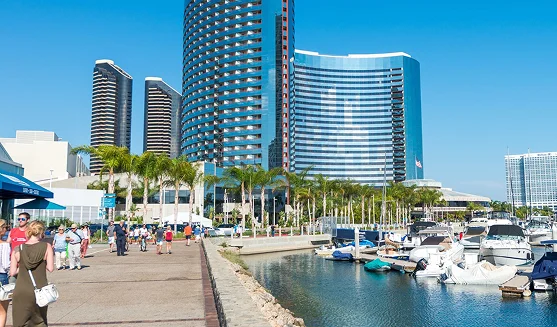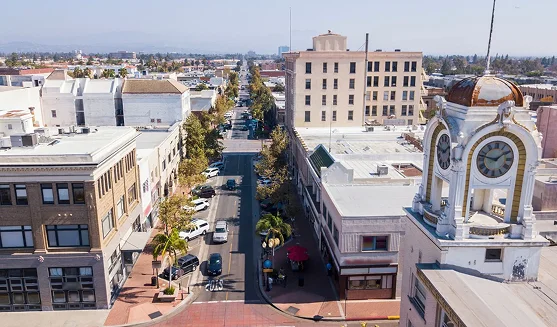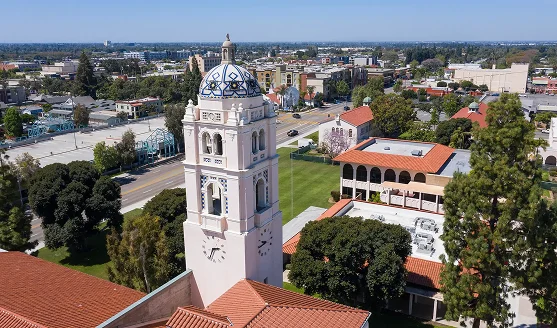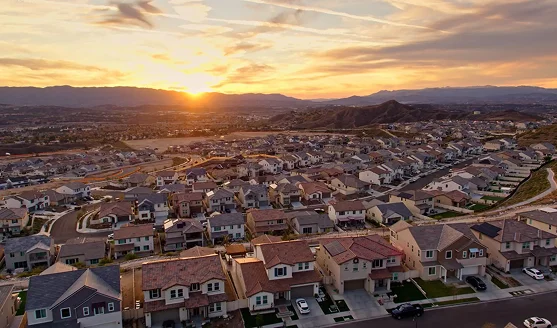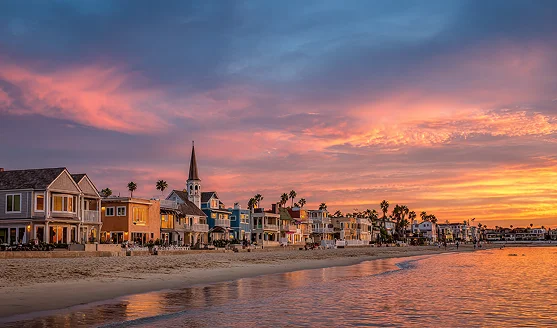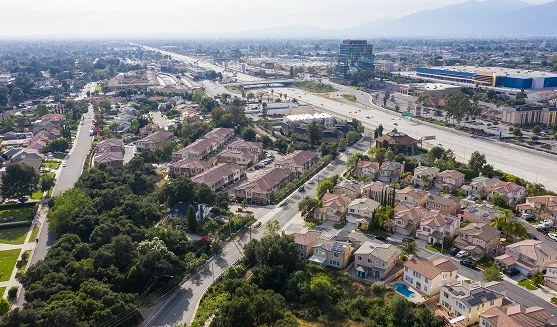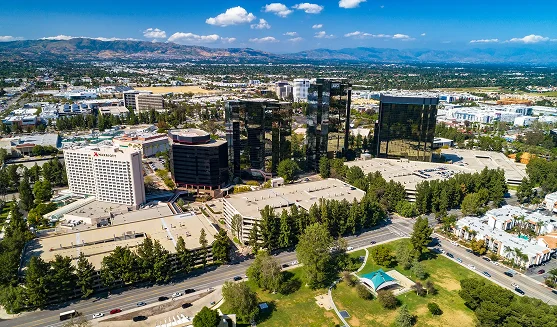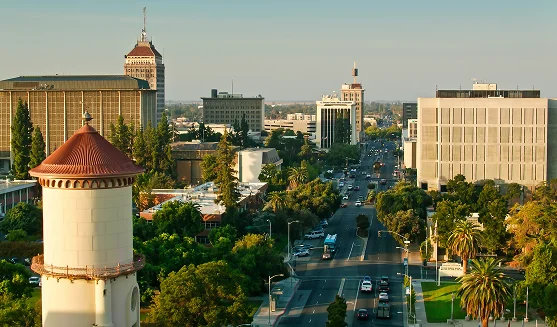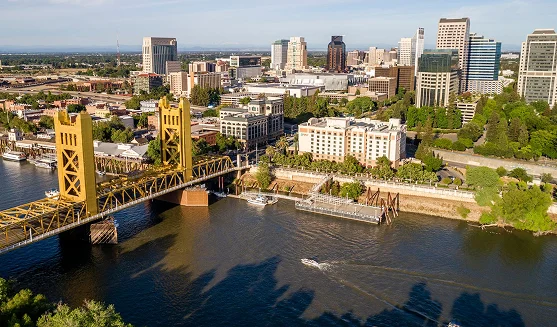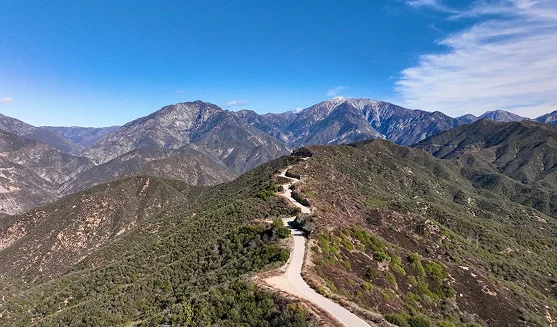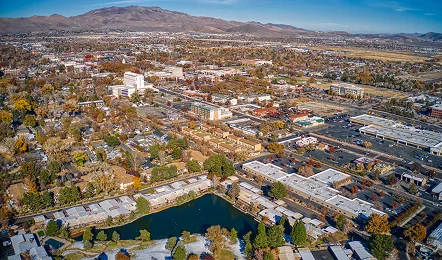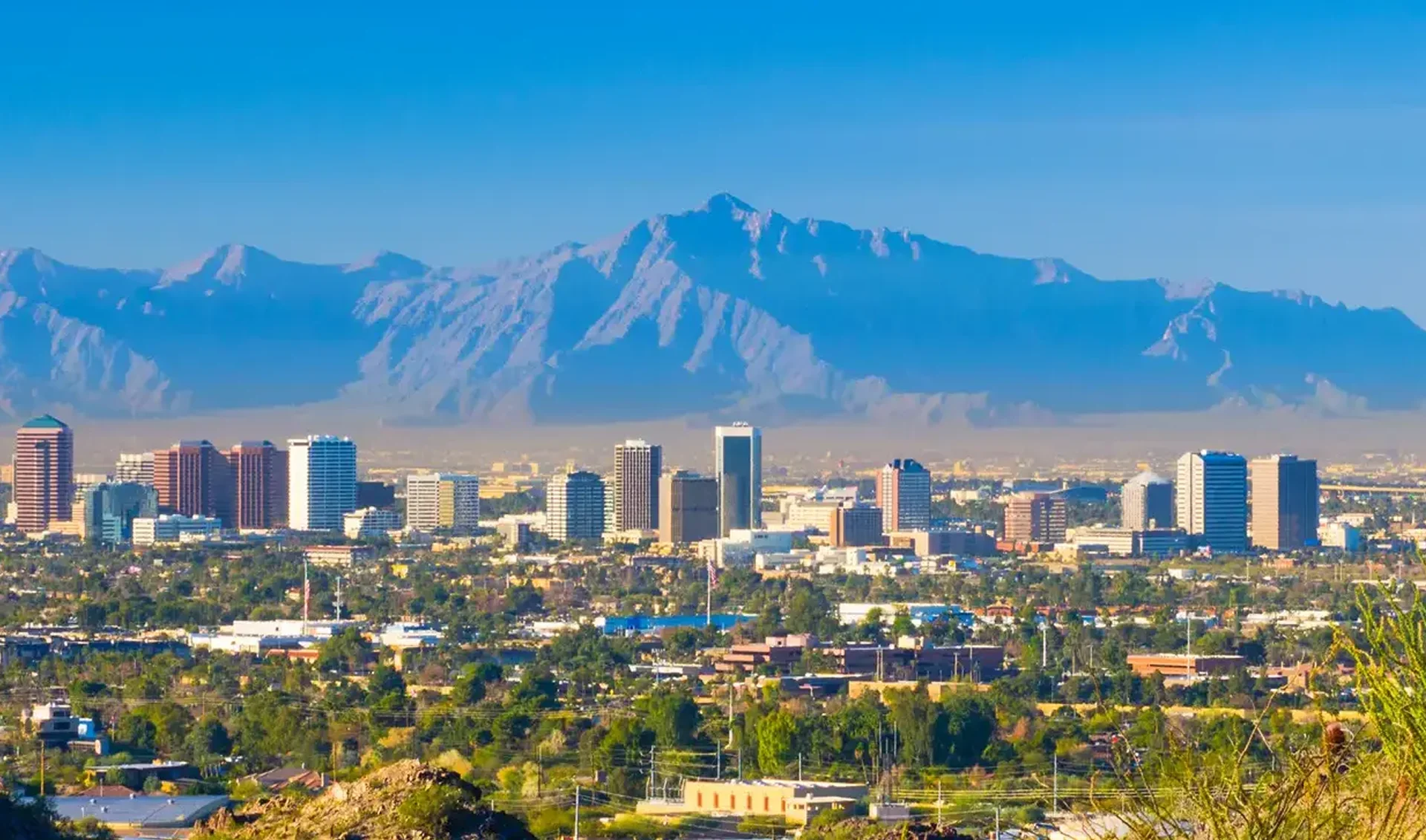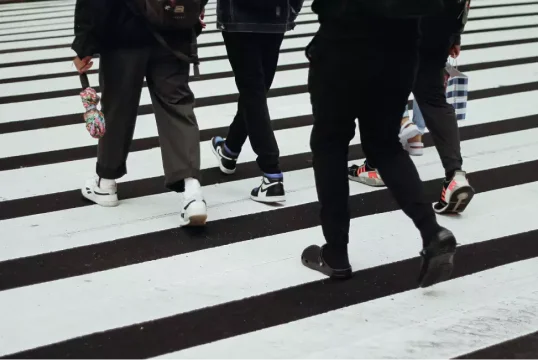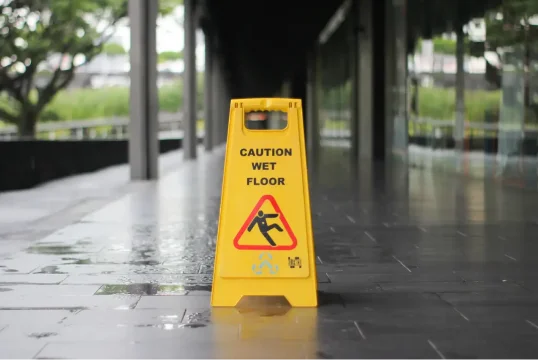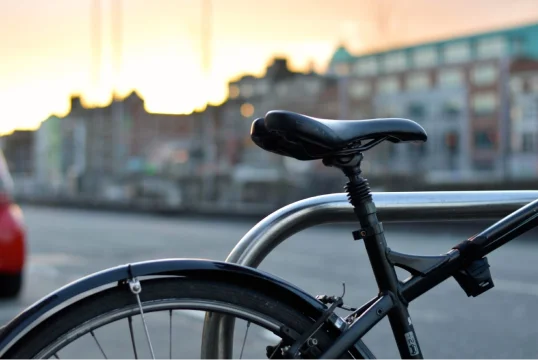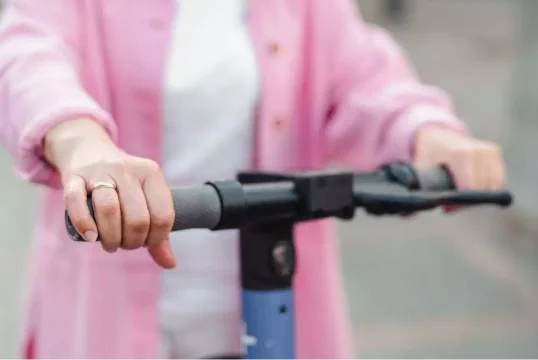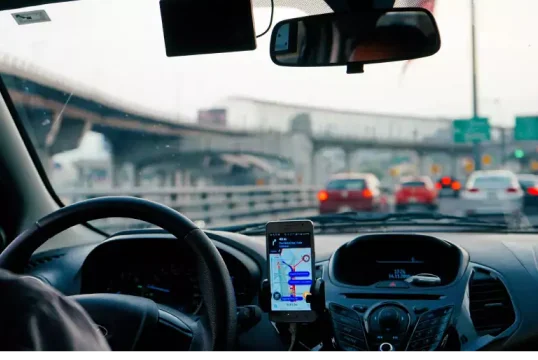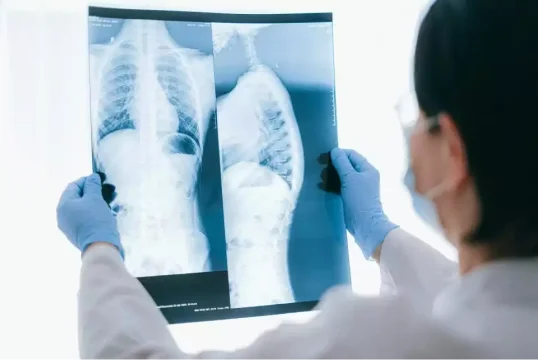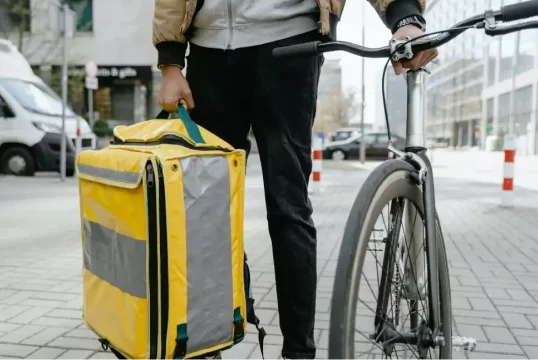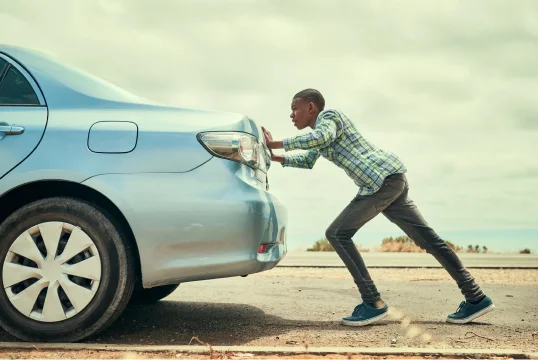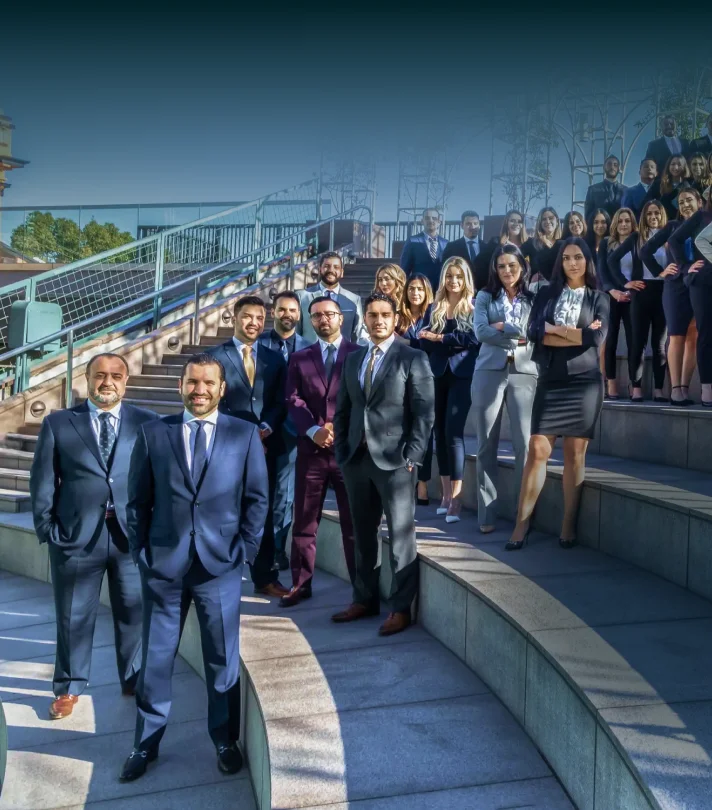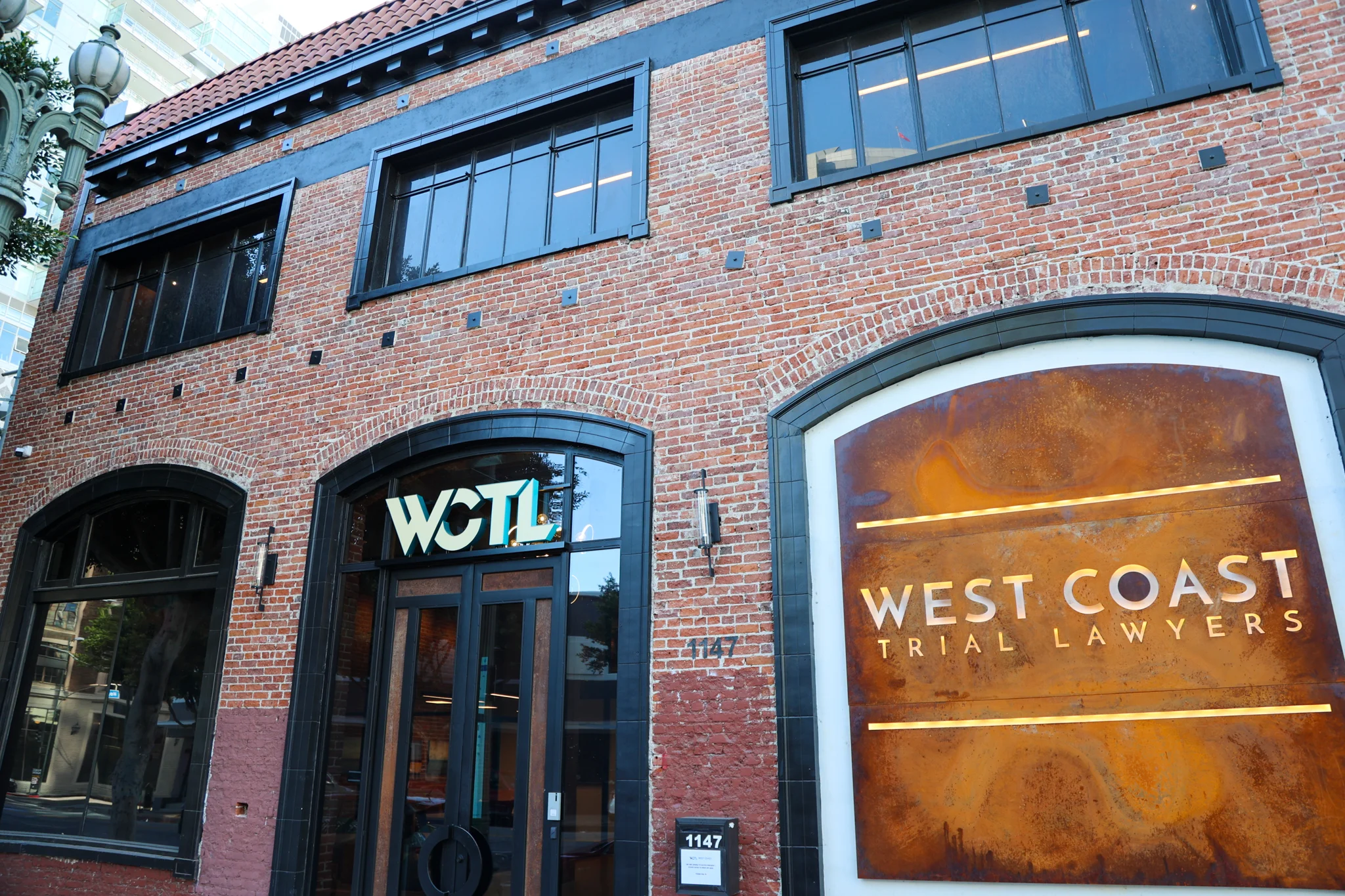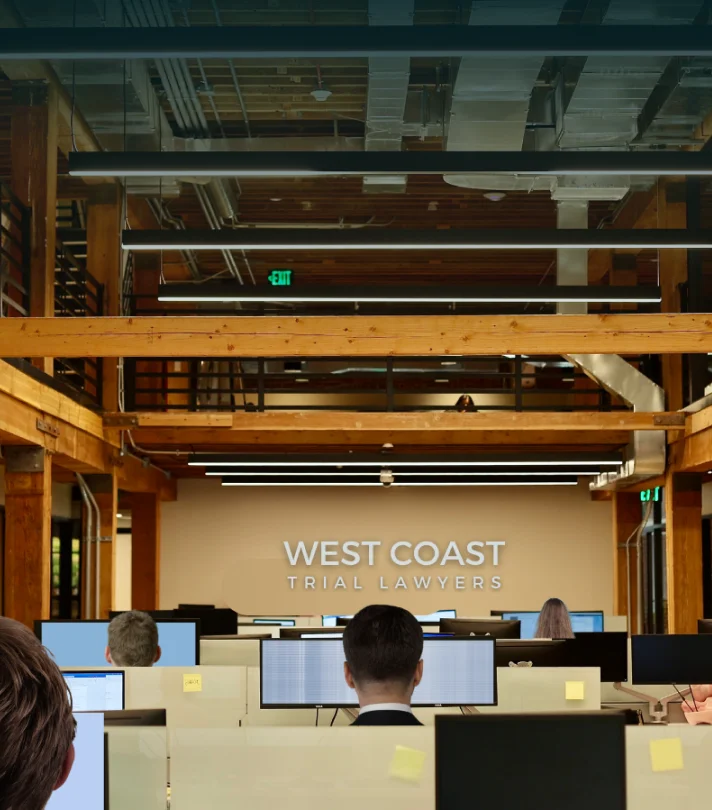How Are Slip and Fall Settlements Calculated?
Settlement amounts depend on several factors, including:
- Severity of Injuries: Broken bones, spinal injuries, or traumatic brain injuries often lead to higher settlements.
- Medical Costs: ER visits, surgeries, rehab, and ongoing treatment.
- Lost Wages: Missed work or loss of earning capacity due to the injury.
- Pain and Suffering: Emotional trauma, long-term pain, or permanent disability.
- Liability Clarity: Easier to prove fault = faster and often higher settlement.
Example: A grocery store fails to clean up a spill. Surveillance shows you falling. You needed back surgery and missed 3 months of work. That’s likely a six-figure case.
How Do You Prove Fault in a Slip and Fall Case?
In California, premises liability law requires property owners to maintain safe conditions. To win your case, you must prove:
- The owner knew or should have known about the dangerous condition.
- They failed to fix it or warn you.
- The hazard directly caused your injury.
California Civil Code §1714(a) supports this legal standard. For reference: CIV §1714(a)
Slip and Fall Settlement Case Example (Illustrative)
This example is for educational purposes and based on observed patterns, not an actual case result.
Diane M., a Pasadena retiree, slipped on a wet floor at a department store without warning signage. She suffered a fractured hip requiring surgery. The store’s security cameras captured the incident. Her case settled for $285,000 after three months of negotiation.
Statistics and Safety Facts
- CDC: Over 800,000 hospitalizations each year from slip and fall injuries. CDC Fall Data
- NFSI: Over 8 million ER visits annually are due to falls. NFSI Quick Facts
- OSHA: Falls are a leading cause of workplace injuries. OSHA Fall Protection
FAQs
- What’s the average slip and fall settlement in California?
- Many cases range from $15,000 to $300,000. Severe injuries can exceed $1 million depending on liability and damages.
- Who pays the settlement—business or insurance?
- Usually, the property owner’s liability insurance. Occasionally, they may pay out-of-pocket if uninsured or underinsured.
- Do I need to prove the business was negligent?
- Yes. You must show the business failed to maintain safe conditions and that this negligence directly caused your injury.
- How long does a typical case take?
- Anywhere from a few months to over a year. Clear liability and strong evidence can speed things up.
- Should I talk to a lawyer before speaking to insurance?
- Absolutely. Insurance adjusters aim to reduce payouts. A lawyer protects your rights and maximizes your claim.
Need Help After a Slip and Fall?
West Coast Trial Lawyers offers free consultations. You pay nothing unless we win. Let our experienced personal injury attorneys fight for the compensation you deserve.



